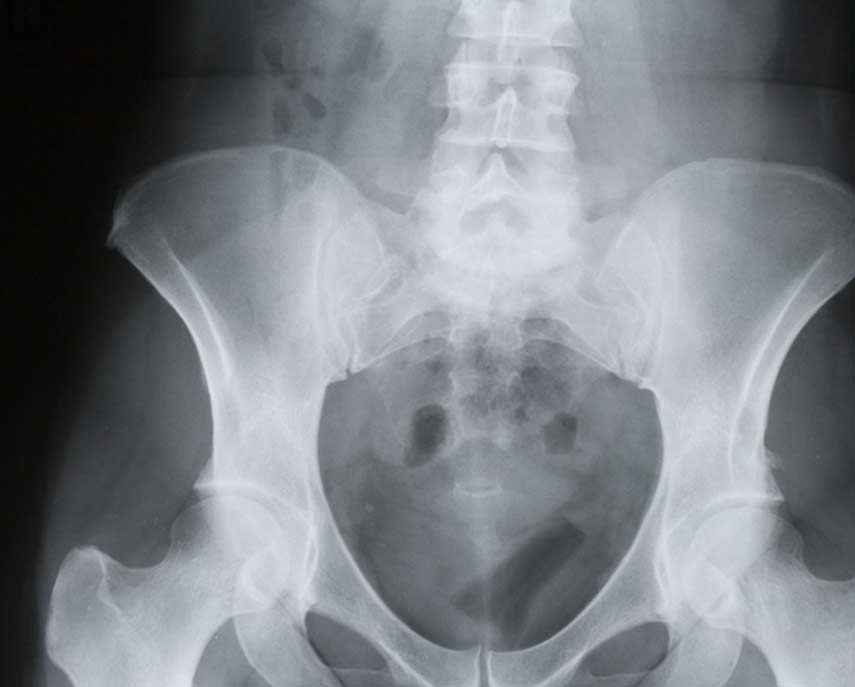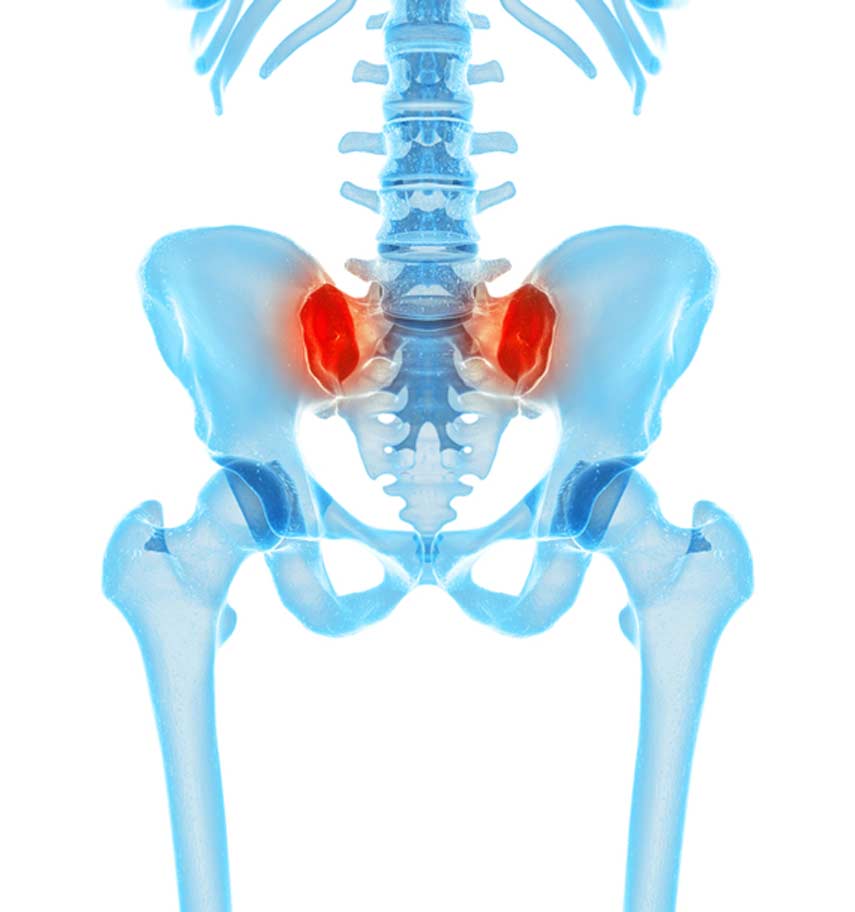
An injury to the sacroiliac joints can result in low back pain. These joints connect the hips to the sacrum.
It is estimated that 10 to 27 percent of mechanical pain in the lower back is secondary to pain in the sacroiliac joints. One treatment option to diagnose and alleviate a patient’s pain is sacroiliac joint injections.
Why It is Done
Sacroiliac injections can be performed for diagnostic and treatment purposes. If the doctor suspects that someone’s sacroiliac joints are the cause of their pain, they can inject a numbing medicine, such as lidocaine. If the patient experiences a reduction in their pain, a tentative diagnosis is made. The injection is often repeated using a different numbing medicine to make sure that the results are the same before making a definitive diagnosis.
For treatment purposes, this injection is used to alleviate pain and stiffness. The doctor injects a numbing medicine and an anti-inflammatory drug referred to as a corticosteroid. This can decrease a patient’s pain and stiffness by alleviating the inflammation in the joint.


Preparation
People who take blood thinners may need to stop them short-term before the injections to reduce the risk of bleeding. Any other preparation instructions are provided to the patient during their pre-injection appointment.
Procedure
These injections usually only take a few minutes once the patient is in position. The procedure generally follows these steps:
- The patient is positioned on the radiography table
- If a sedative is being used, an intravenous line may be inserted to deliver the sedative
- The skin in the area of the injection is cleansed
- The area of the injection site is numbed using an injectable numbing medication to promote comfort during the procedure
- The doctor places the needle into the sacroiliac joint using contrast dye and fluoroscopy to guide it to the proper position
- Once the needle is in the proper position, the doctor injects a corticosteroid and a numbing medication
Risks and Recovery
Most patients can go home shortly after receiving their injection. For about 30 minutes following the injection, the patient goes to a recovery room for monitoring to make sure that there are no immediate adverse reactions or complications, such as an allergic reaction to the medications used.
The following are the general recommendations for aftercare instructions:
- Avoid strenuous or excessive activities for the remainder of the day
- To flush the contrast dye from the body, drink plenty of water
- Make sure to have a ride home
The risks of these injections occur infrequently. However, it is important for patients to be aware of them. They may include:
- Soreness or bruising at the injection side
- Infection of the deeper tissues, in the joint or at the injection site
Any person who has an injury that causes lower back pain should consult with their doctor. They can perform testing to determine if the sacroiliac joints are the cause so that proper treatment can be initiated.

